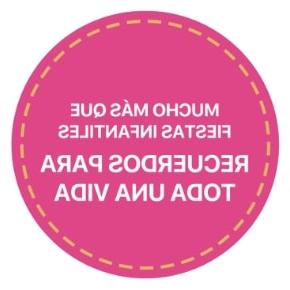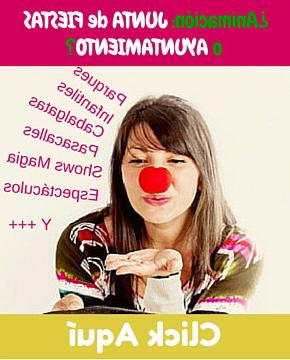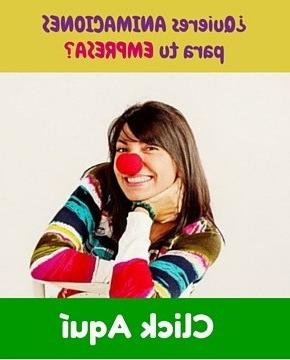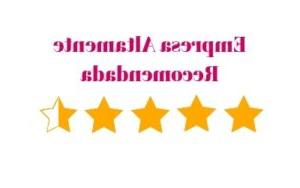Recently, The newspaper El Mundo has published what is its 21st edition of 'the 100 best schools in Spain'. This ranking analyzes in detail more than a thousand private and subsidized educational centers through a system of 27 criteria. This system answers numerous questions in each category. The study is divided into three blocks: Teaching model, educational offer and material means.
For many parents, this research is a tool that helps them choose the school their children will attend. Or, at least, by reviewing the evaluation criteria, discover what services exist and which ones they want for their little ones.
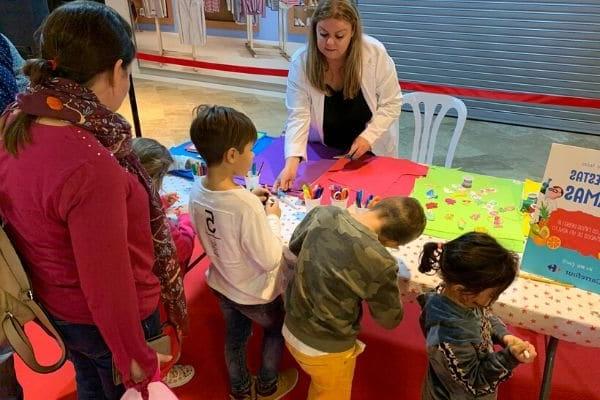
Next, we show you the top ten positions in this ranking prepared by the newspaper El Mundo, and remember, we publish this because we are the bestchildren's party company for schools:
| POST | COLEGIO | PROVINCE |
| 1st | Study | Madrid |
| 2nd | Manuel Peleteiro | La Coruña |
| 3rd | Ágora San Cugat | Barcelona |
| 4th | Meres | Asturias |
| 5º | Montserrat | Barcelona |
| 6º | La Salle Ntra. Sra. Maravillas | Madrid |
| 7º | Montessori Palau | Gerona |
| 8º | San Patricio | Madrid |
| 9º | Vizcaya | Vizcaya |
| 10º | Base | Madrid |
The Community of Madrid takes four of the positions, followed by Catalonia, which does with three. The first 4 centers are private and they all have the same score: 96 points.
But what criteria led to the creation of this list? It seems as valuable to know the names of the educational centers as the reasons that have led them to lead this list. Even more so when it comes to choosing the center where our children will be educated. Do the criteria set forth by El Mundo coincide with ours? Let's check it by doing a brief review of the 27 criteria that establish the score for this classification.
- The educational model: What is analyzed at this point? Educational innovation, teaching methodology and ideology.
- External recognition: It is evaluated whether the center has received any mention, distinction or award external to it.
- Models of quality: It analyzes what management models are applied to improve the internal functioning of the educational center.
- Coverage: What offer is there at the different academic levels? Can long-term academic life be planned at this center?
- Evaluation: In addition to the feared and sometimes questioned exams, what other variables are students graded on?
- Precio: En este punto se examina la relación calidad – precio de los servicios, también el de los complementarios como las excursiones, el material o el comedor.
- Supply-demand relationship: Is there a list of Wait to access the center? How many applications are there per place?
- Loyalty index: Responds to the percentage of students who finish their school life at that center and how many former students take their sons and daughters to the center.
- Cuidado del profesorado: Si los docentes continúan formándose, si realizan investigaciones, si forman parte del personal estable, etc.
- Languages: So important in this globalized world! This criterion assesses the number of languages that can be learned at the center.
- Teachers: What qualifications do they have? Are the language teachers native?
- Support teachers: How many are there? What qualifications do they have?
- Tutoring: How many hours do students have tutoring and how many counselors does the center have?
- Reinforcement: What responses are there at the center for students with needs? special?
- Selectivity: The success of the center's students in the university entrance test is measured.
- Non-academic activities: These extracurricular activities are taken into account.|| |310
- Actividades extraescolares: ¿Qué precio tienen? ¿cuántas hay=
- Doctor: Is there a medical service at the center?
- Students per classroom: This issue has been more than commented on at all educational levels. This criterion is based on the fact that more than 25 students per classroom is counterproductive.
- Students per teacher: The fewer students and the more teachers, the more specific attention, which translates into better results.
- Square meters: The space is evaluated in view of future needs.
- Space in the classroom: It is analyzed whether the students have the necessary conditions to develop.
- Computer science: The use of computers in the classrooms is valued.
- Transportation: Do you have your own transportation? What's the price? And the quality?
- Dining room: What seats are there? What price do they charge? Is it possible to attend eventually?
- Laboratories: Some subjects require this space, does it exist?
- Sports facilities: What sports space exists?

|| |337
Como vemos, los 27 criteria for choosing the best schools leave nothing to chance and analyze even the smallest detail: From the number of teachers there are by students to the center's capacity to support students with special needs. Now it remains to assess what we consider most important or necessary in the education of our children: the use of computers? The sports facilities? That there is a wide variety of activities? No decision will be perfect because each boy and girl has different needs and interests.
Children's Entertainment Madrid


